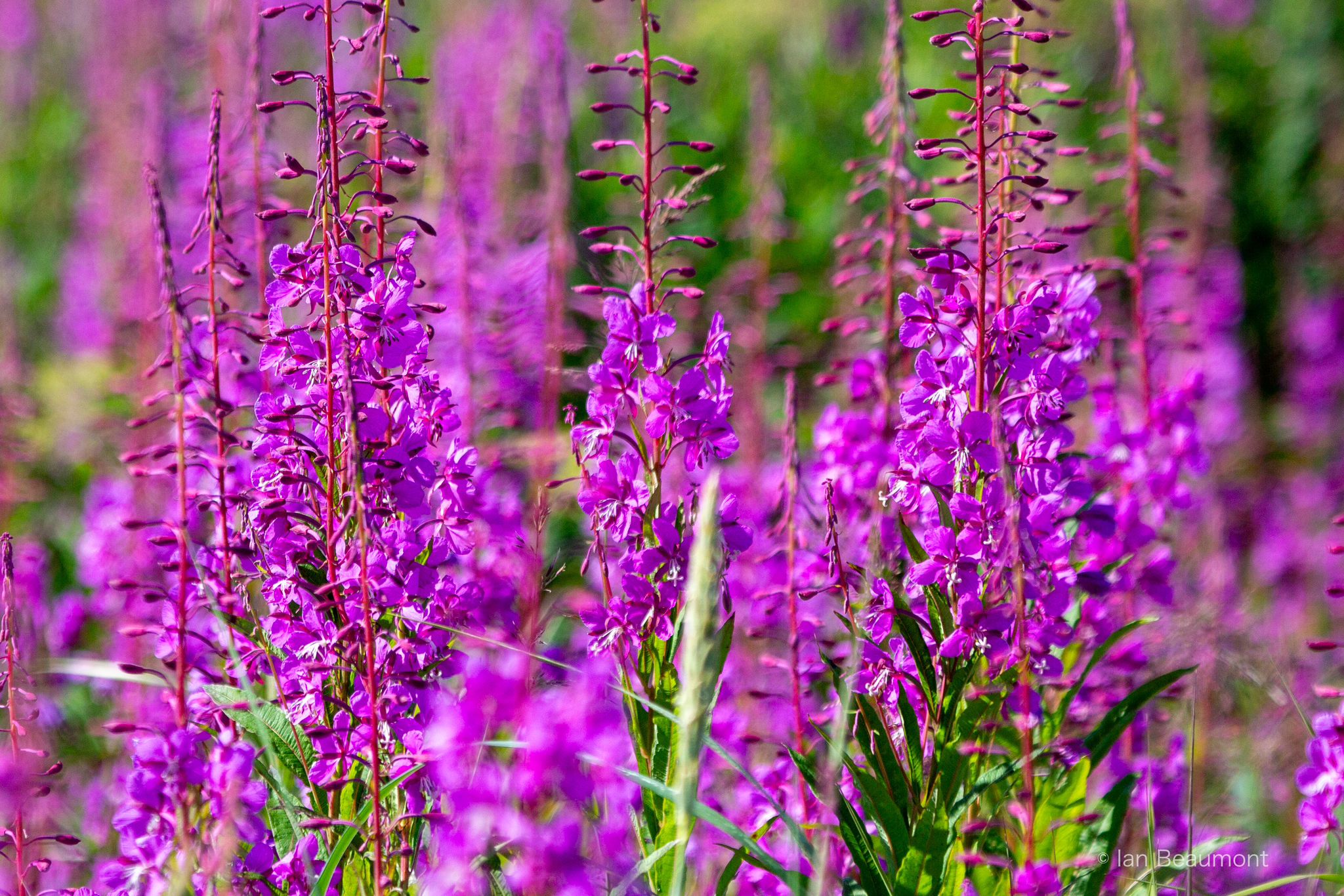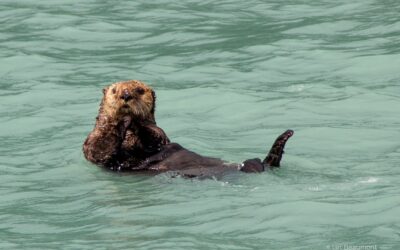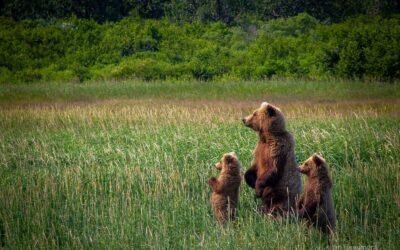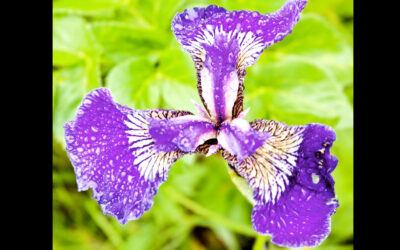Fireweed (Chamerion angustifolium), an iconic wildflower, is a symbol of resilience and beauty in Alaska’s coastal areas. Known for its vibrant magenta blossoms that brighten landscapes from late spring through summer, fireweed plays a crucial ecological and cultural role in the region. Its lifecycle and growth are finely tuned to the challenging coastal climate, making it a fascinating species to explore.
Stage 1: Germination and Early Growth
Fireweed begins its life as a tiny seed, often dispersed by the wind. These seeds can remain dormant in the soil for years, awaiting the right conditions to sprout. In the coastal areas of Alaska, this often means the retreat of snow and the arrival of warmer spring temperatures. The moist, well-drained soils of these regions provide an ideal environment for germination.
Once the seed germinates, a small rosette of leaves appears, allowing the young plant to photosynthesize and establish its root system. Fireweed is a pioneer species, meaning it thrives in disturbed areas, such as lands affected by wildfires, glacial retreats, or human activity. Its ability to colonize such areas helps stabilize the soil and pave the way for other vegetation.
Stage 2: Vegetative Growth
As spring transitions to early summer, fireweed focuses on vegetative growth. It sends up tall, slender stalks adorned with narrow, lance-shaped leaves. In Alaska’s coastal regions, where daylight hours are long during the growing season, fireweed grows rapidly, often reaching heights of 3 to 6 feet.
The plant’s robust root system, including a network of rhizomes, helps it spread efficiently, forming dense colonies. This ability to propagate vegetatively allows fireweed to cover large areas quickly, even in harsh environments. The plant’s leaves, arranged in an alternate pattern along the stem, maximize its photosynthetic capacity.
Stage 3: Flowering
By mid to late summer, fireweed enters its most iconic stage—flowering. Tall spikes of vibrant magenta blooms dominate the landscape, attracting pollinators like bees, butterflies, and hummingbirds. The flowers open sequentially from the bottom to the top of the spike, a process that can last several weeks.
In coastal Alaska, fireweed often thrives in the nutrient-rich, moist soils found near streams, wetlands, and tidal areas. The coastal breezes aid in pollination and seed dispersal, ensuring the plant’s reproductive success.
Fireweed flowers also serve as an important food source for pollinators during the short growing season, contributing to the health of the broader ecosystem.
Stage 4: Seed Production and Dispersal
As summer wanes, fireweed shifts its energy toward reproduction. Its flowers give way to slender seed pods, which dry and split open, releasing seeds attached to silky, hair-like fibers. These fibers allow the seeds to be carried great distances by the wind, enabling fireweed to colonize new areas.
In coastal regions, the seeds often land in nutrient-poor soils or rocky substrates. However, fireweed’s adaptability and ability to establish in such conditions ensure its survival and proliferation.
Stage 5: Dormancy and Renewal
By late fall, fireweed’s growth ceases. The plant’s aerial parts die back, leaving behind a skeleton of stems and seed pods. Underground, however, its rhizomes remain alive, storing energy for the next growing season.
In the harsh winters of coastal Alaska, fireweed lies dormant, protected by snow and frost. Come spring, the cycle begins anew, with new shoots emerging from the rhizomes and dormant seeds germinating in the warming soil.
Ecological and Cultural Importance
Fireweed is more than just a beautiful plant; it plays an integral role in the Alaskan coastal ecosystem. Its presence stabilizes soil, prevents erosion, and supports pollinators. For humans, fireweed has historical and cultural significance. Indigenous communities and modern Alaskans alike use fireweed for food, medicine, and even in crafting honey and teas.
The plant’s seasonal blooming also serves as a natural calendar, signaling the progression of summer and the approach of fall. When the last blossoms at the top of the spike open, locals know it’s time to prepare for the end of the warm season.
Fireweed’s lifecycle in Alaskan coastal areas is a testament to nature’s resilience and adaptability. From its emergence in spring to its vibrant summer bloom and eventual dormancy in winter, fireweed brings beauty, stability, and ecological value to the rugged landscapes it calls home.




